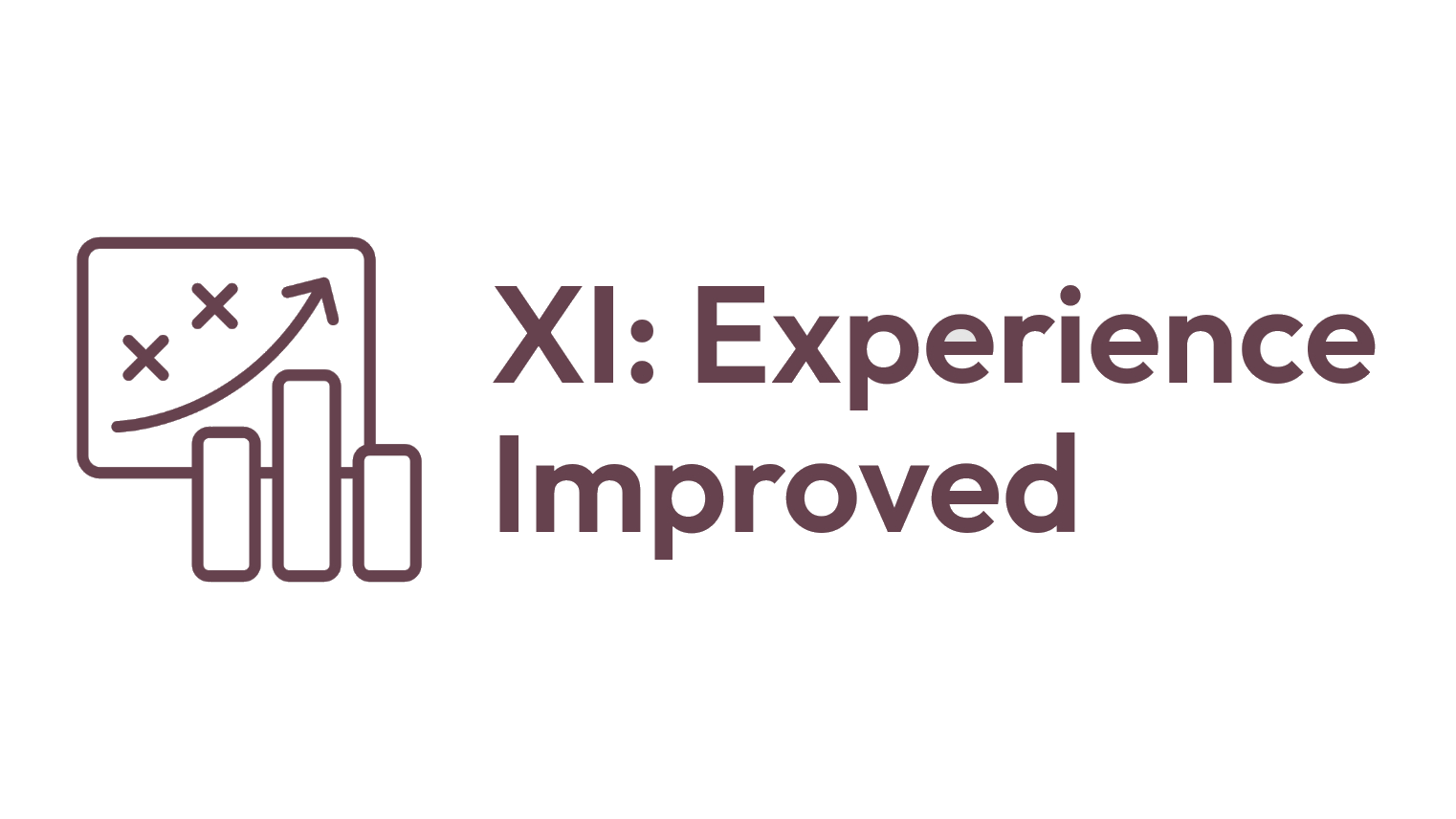In today’s customer-centric business landscape, choosing the right Customer Experience (CX) platform can make or break your organisation’s success. With numerous options available in the market, making an informed decision requires careful consideration of several crucial factors. Let’s explore how to select the ideal CX platform that aligns with your business objectives.
Assess Your Business Needs
Before diving into the selection process, conduct a thorough assessment of your organisation’s specific requirements. Consider your current customer service challenges, growth projections, and operational scale. Understanding these fundamental aspects will help narrow down your options and focus on platforms that genuinely serve your purpose.
Key Features to Consider
1. Omnichannel Capabilities
Look for platforms that offer seamless integration across multiple channels. Your customers should experience consistent service quality whether they reach out through social media, email, chat, or phone. The platform should centralise these interactions for better management and analysis.
2. Analytics and Reporting
Advanced analytics capabilities are crucial for making data-driven decisions. Ensure the platform provides comprehensive reporting features, including real-time dashboards, customer journey mapping, and predictive analytics. These insights will help you understand customer behaviour and optimise your CX strategy accordingly.
3. Integration Possibilities
The chosen platform should easily integrate with your existing tech stack, including your CRM, marketing automation tools, and other essential business systems. This integration ensures smooth data flow and prevents operational silos.
4. Scalability
As your business grows, your CX platform should be able to accommodate increased demand without compromising performance. Consider platforms that offer flexible pricing models and can scale according to your needs.
Implementation and Support
Consider the implementation process and ongoing support offered by the vendor. Look for:
– Comprehensive training programmes
– Dedicated support teams
– Regular updates and maintenance
– Clear documentation and resources
– Community forums or user groups
Budget Considerations
While cost shouldn’t be the only determining factor, it’s essential to understand the total cost of ownership, including:
– Initial setup fees
– Monthly or annual subscription costs
– Training and implementation expenses
– Additional feature costs
– Potential customisation charges
Security and Compliance
In an era of increasing data privacy concerns, ensure the platform meets industry standards and regulatory requirements. Consider:
– Data encryption capabilities
– GDPR compliance
– Regular security audits
– Disaster recovery plans
– Data backup procedures
Test Before Committing
Many vendors offer free trials or demo versions of their platforms. Take advantage of these opportunities to:
– Test the user interface
– Evaluate the learning curve
– Assess performance and reliability
– Gather feedback from potential users
Making the Final Decision
Create a detailed evaluation matrix comparing different platforms based on your requirements. Consider:
– Must-have features vs nice-to-have features
– Vendor reputation and market presence
– Customer reviews and testimonials
– Future roadmap and innovation potential
– Total cost of ownership
Remember that the perfect CX platform should align with your business strategy while being user-friendly for both customers and employees. Take time to involve key stakeholders in the decision-making process and consider their input.
Final Thoughts
Selecting the right CX platform is a significant investment that requires careful consideration. Focus on platforms that offer the right balance of functionality, scalability, and value for money. Remember that the best platform isn’t necessarily the one with the most features, but rather the one that best serves your specific business needs and helps deliver exceptional customer experiences.
Regular evaluation of your chosen platform’s performance against your business objectives will ensure it continues to meet your evolving needs. Don’t hesitate to make changes if the platform no longer serves your purpose effectively.
